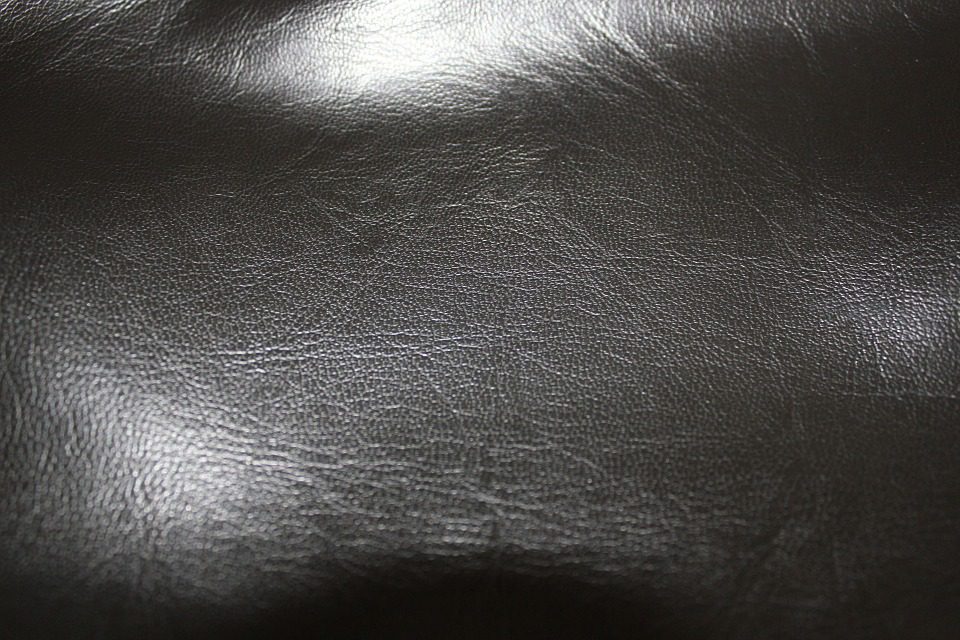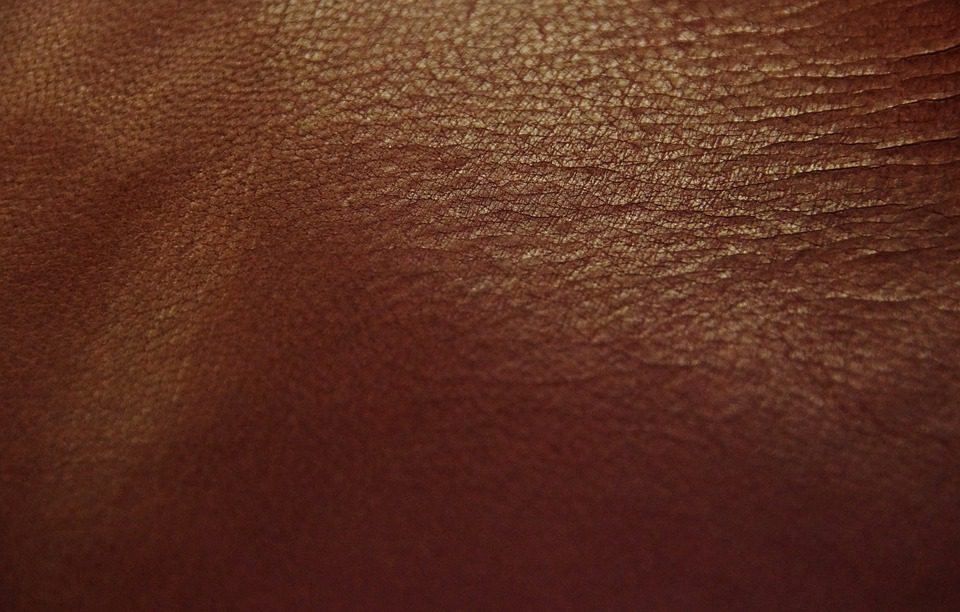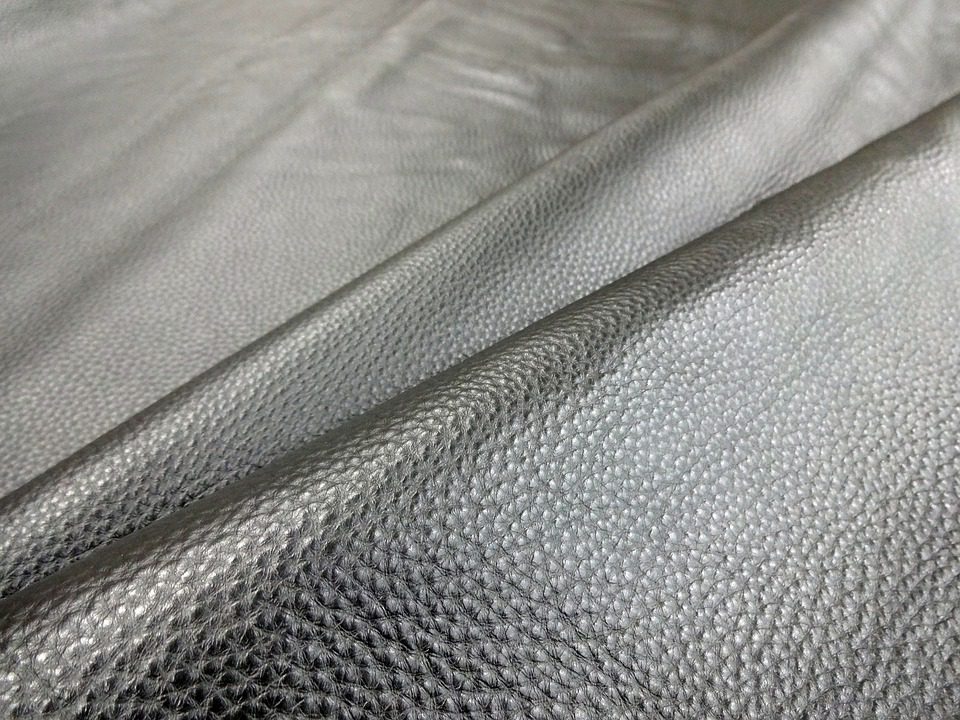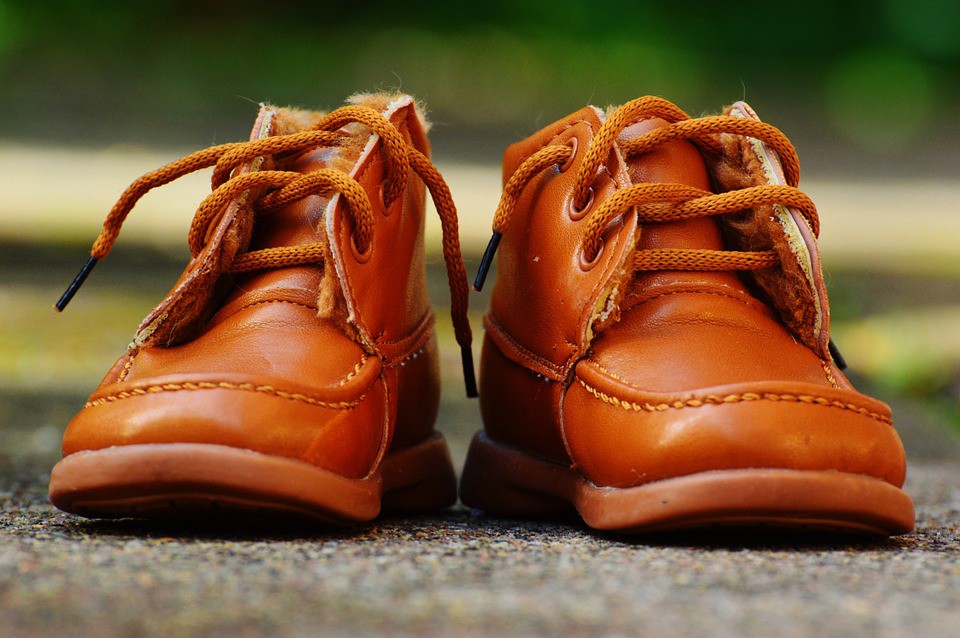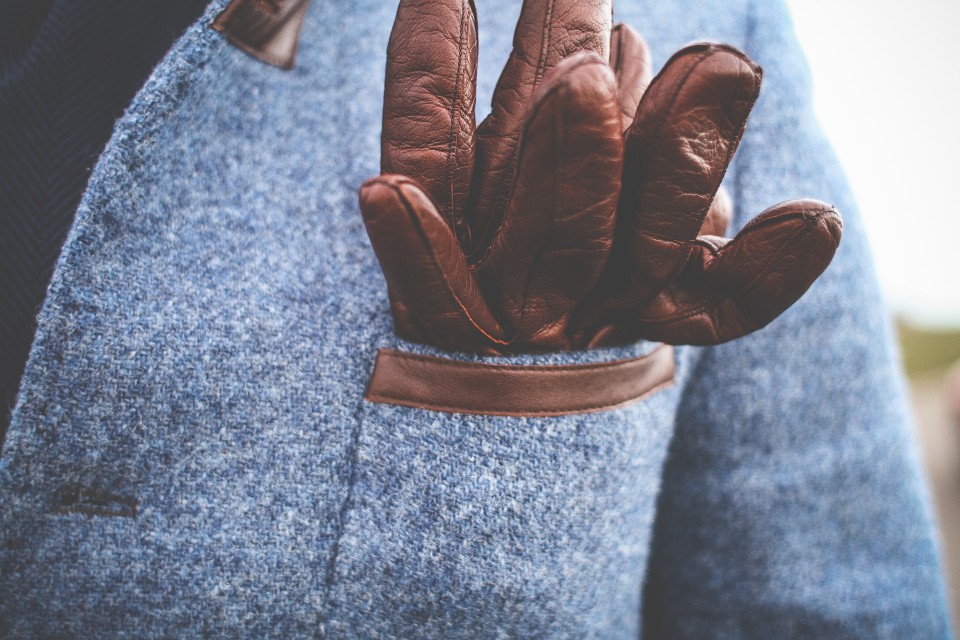Do you deal with leather goods? If you do, then you will already be aware of just how important it is that they are protected. This is especially true, when it comes to furniture and clothing which get regular use. However, you will also know just how easy it is to damage leather, even if it is of a high quality. If you have to treat damaged leather goods, then fear not, there is a solution. By using waxy auxiliaries for leather goods, you can actually repair the damage.
What Effects Can I Get?
If you are planning on using a product like this, then you may be wondering in what ways you will be able to use it. Waxy auxiliaries actually have a range of different uses. For example, it can give a warm, smooth finish. If this is something that interests you, and you work with many kinds of leather goods, then you will probably want to learn more information about it. First of all, take a look at the product section of our website. This will give you a better idea of what we have available.
Where Can I Get More Advice?
If you would like more information about the waxy auxiliaries that we have available at the moment, then the best thing to do would be to contact our team directly. A member of our team will be able to answer all of your questions, as well as give you general advice regarding the products that we have on offer at the moment. Take a look around the product section of our website and see which products interest you. Once you have done this, get in touch and we can talk you through your options and give you general advice on which product would be best for you.

